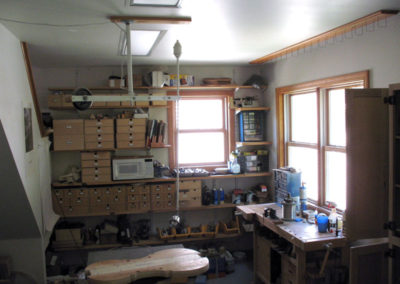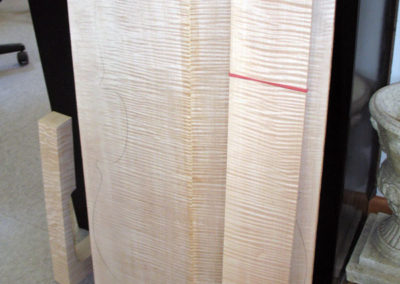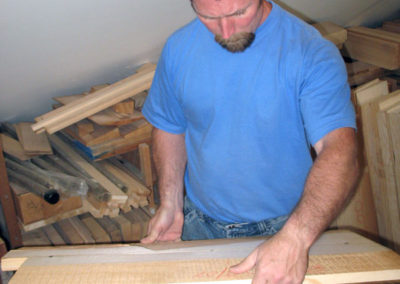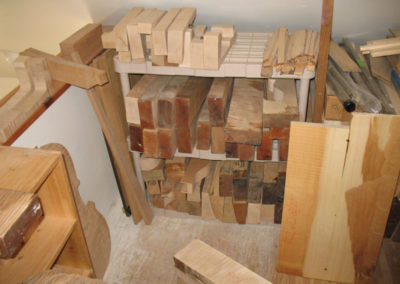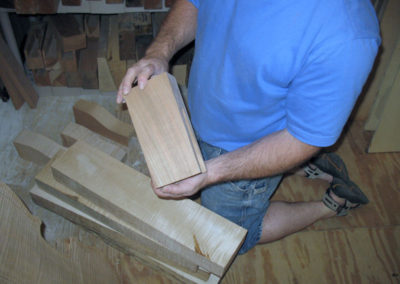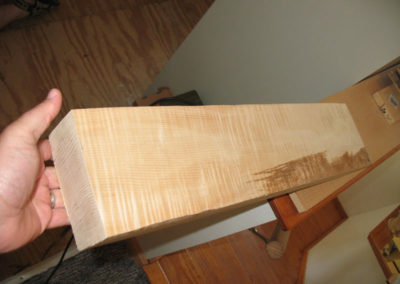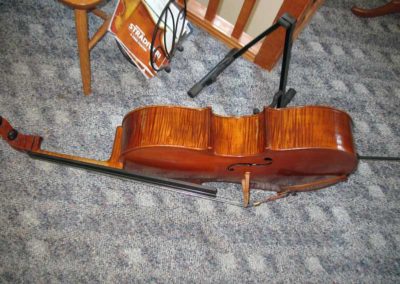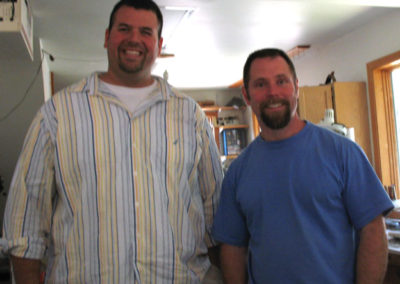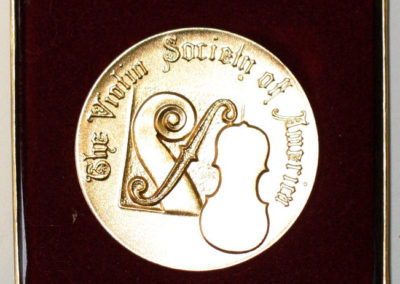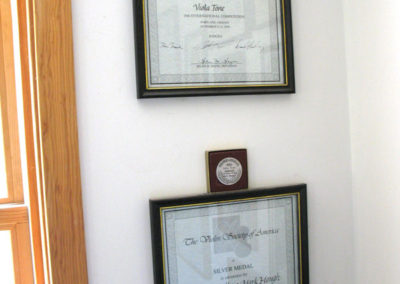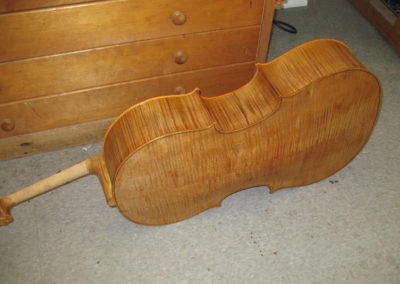Lawrence Wilke Visit, June 2008

“Make it your ambition to lead a quiet life, to mind your own business and to work with your hands…”
-1 Thessalonians 4:11
A visit with Lawrence Wilke in his Connecticut workshop is a study in contrasts. Huge slabs of rough granite strewn about his property provide a counterpoint to the delicately carved instruments inside. The most prestigious awards in violin making and accolades from the world’s greatest musicians line the walls yet the genuineness of Larry’s humility remains unmarred. This man that looks comfortable laying an axe to an oak tree is equally adept shaving a tenth of a millimeter from a spruce violin top. In the midst of these contrasts, some of the finest cellos ever made emerge from this quiet corner of New England.
The purpose of my trip was simple – choose material and discuss the details of the next cello Larry would make for my shop. I say simple because we certainly accomplished those goals. However, what made the biggest impression wasn’t the beautiful material we chose or the incredible craftsmanship and tone of the finished instruments in the shop. The most powerful impression was made by Larry himself.
I had the chance to meet Larry’s wife and several of his children, one of whom was our helpful companion and comic relief in the workshop. Over lunch Larry described his family with so much joy and animation that I felt like I knew each member like a close friend. Conversation turned to schooling, parenting, dating (he sympathized with the fact that my wife and I will soon have a daughter), God, archery, and Larry’s beginnings in violin making. He told me the story if his apprenticeship, the repair work he did, and the fact that he knew he should be making cellos. He quoted the verse from 1 Thessalonians to illustrate that he always felt that he should be creating with his hands. So many people stumble through their career searching for what they were “meant” to do. It’s always inspiring to meet someone that truly knows that their chosen profession in essence chose them.
When people describe Larry’s instruments the listener is usually treated to a flood of superlatives relating to its tone, projection, craftsmanship, and beauty. His list of clients includes both established cellists with international careers and promising conservatory students like the owner of the last cello Larry made for us. Looking around his workshop, it appears that Larry enjoys both the art and the craft of instrument making. I can easily imagine him happily engaged with the finer points of carving the scroll as well as simply enjoying the feel of the tool slicing through wood.
His instruments are roughly based on models from three past makers – Montagnana, Goffriller, and Stradivari. Larry applies his ingenuity with each model making sure that it is comfortable and playable. Spruce, maple, and poplar are still the materials used while other woods are occasionally used for the scroll when a neck graft is utilized. He makes his own varnish which he often antiques. The antiquing process can simulate anything from light wear to duplicating the wear of centuries. Multiple awards including a gold medal at the 2006 VSA competition attest to his abilities.
As I wait for the wood we chose to be transformed into a beautiful cello, I’m convinced that the maker deserves even more praise than his creations.


